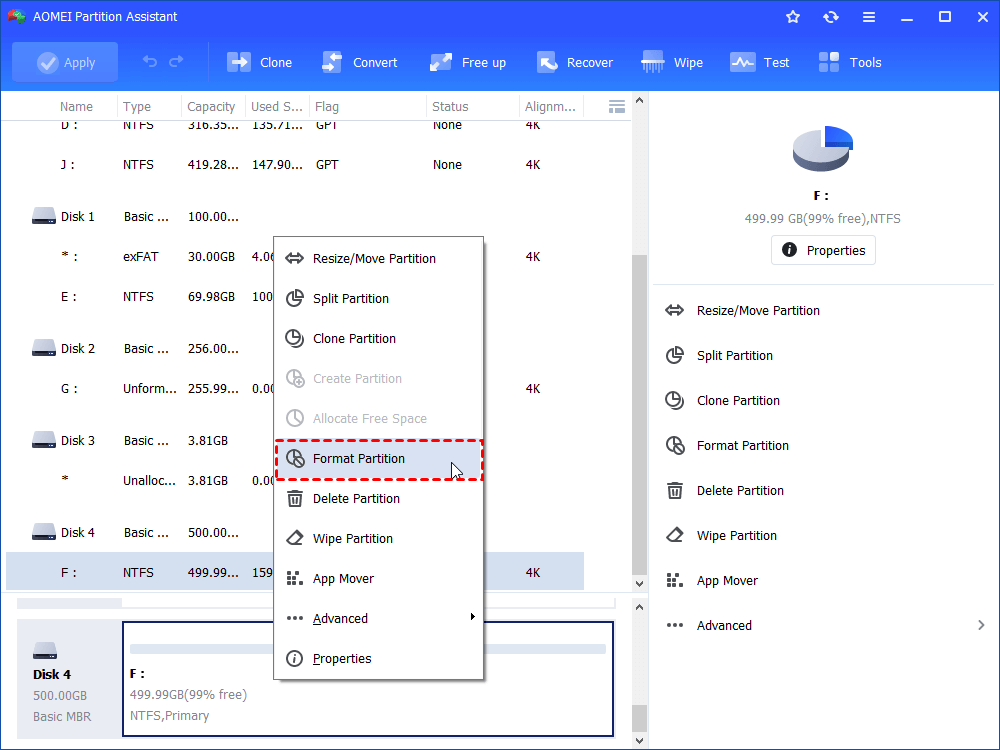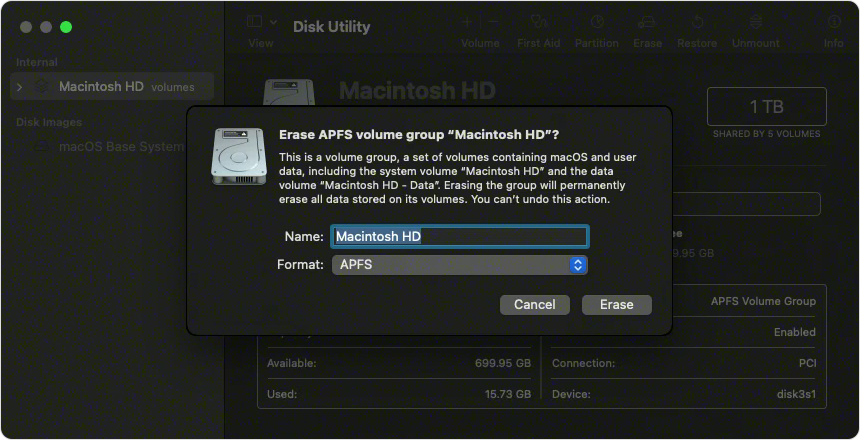
NOTE: If the above steps do NOT resolve the problem, please back up your data and request a replacement using our online web form. Step 5: Specify the recovery folder and click OK. Step 4: Select all files you want to restore. Step 3: Select the formatted hard drive and click Search for lost data. Step 2: Download & Launch Disk Drill for Windows. Also known as macOS Extended, HFS+ actually has four file format subcategories. Step 1: Stop Using the Formatted Hard Drive. In 2017, however, it was replaced by APFS (Apple File System). It was first released with macOS 8.1 in 1998, where it replaced HFS as the default file system for Macs. Some older operating systems must have a patch installed before they can use the exFAT file system. Hierarchical File System Plus (HFS+) was developed by Apple for Mac OS X. NOTE: MacOS 10.6.2 or higher is required for exFAT file system. NOTE: exFAT can be used on flash drives or memory cards to transfer files larger than 4GB. NOTE: exFAT is used on SDXC card (64GB and higher).

When finished, the drive will be formatted and repartitioned successfully.

Select the upper level of the drive you would like to format and click the Erase buttonĤ. In the top menu bar, go to View, and choose Show All Devicesģ.
#Format a hdd for mac how to#
Please See Answer 20985: How to access Disk Utility macOSĢ. Instructions below are for 10.13.x (High Sierra)ġ.

Select this capacity.Ħ. Verify Volume Format is set to MS-DOS file system or exFAT, Scheme is set to “Master Boot Record” ( Do NOT select GUID Partition Map) then click Erase. Select the capacity of the drive respective to the one containing the device you wish to format then click the Erase tab.Įxample: If the drive is called "NO NAME", directly above that, you should see the drive capacity of "XXXX". On the left side of the window are the drives connected to the computer. Click the Applications folder - if using a Finder Window Applications will be in the left side menu.ĥ. Double-click on Macintosh HD - or in the Finder menu click File > New Finder WindowĢ. Instructions below are for 10.11.x (El Capitan) and 10.12.x (Sierra)ġ. WARNING: Formatting will erase all data on the device.


 0 kommentar(er)
0 kommentar(er)
